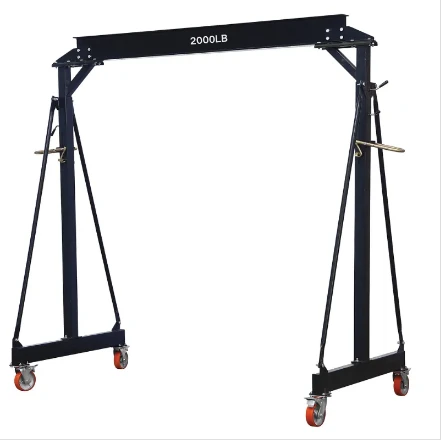roller heavy machine
The Role of Roller Heavy Machines in Modern Construction
In the realm of construction, heavy machinery plays an indispensable role, and among the various types of equipment utilized, roller heavy machines stand out as vital contributors to project efficiency and effectiveness. These machines, often referred to simply as rollers, are designed primarily for compacting soil, gravel, and asphalt, ensuring a stable and durable foundation for roads, pavements, and other structures.
Types of Roller Heavy Machines
Rollers come in several forms, each tailored for specific construction tasks. The most common types include the smooth drum roller, the padfoot roller, and the pneumatic tire roller.
1. Smooth Drum Rollers These are characterized by their large, cylindrical drums which are ideal for creating a smooth surface on asphalt and compacting gravel. They are commonly used in road construction, where a flat and even surface is essential.
2. Padfoot Rollers Also known as sheepfoot rollers, these feature a series of protruding feet on the drum, allowing them to achieve deeper compaction in cohesive soils such as clay. They are critical in preparing foundations for buildings and in site development projects.
3. Pneumatic Tire Rollers These rollers utilize a series of rubber tires that provide flexibility and better adherence to uneven surfaces. They are particularly effective in finishing layers of asphalt as they allow for a smooth, finished surface without the risk of asphalt tearing.
Advantages of Using Roller Heavy Machines
roller heavy machine

The use of roller heavy machines brings numerous advantages to construction processes. First and foremost, they enhance efficiency. Compacting large areas of soil or asphalt by hand is labor-intensive and time-consuming; however, a roller can achieve substantial compaction in a fraction of the time, vastly improving productivity on construction sites.
Moreover, rollers contribute to the quality and longevity of construction projects. Proper compaction helps to prevent future issues such as settling, cracking, and shifting. A well-compacted surface reduces the likelihood of structural failures, ensuring that roads, pavements, and buildings remain safe and functional over the long term.
Safety is another crucial aspect enhanced by the use of roller heavy machines. A stable, well-compacted substrate significantly reduces risks associated with structural collapse and failure, protecting both workers on-site and end-users of the constructed facilities.
Innovations in Roller Heavy Machines
The heavy machinery industry continues to evolve, with technological advancements leading to smarter and more efficient roller designs. Modern rollers are often equipped with sophisticated systems that allow operators to monitor compaction levels in real time. These digital features provide valuable data that aids in achieving optimal compaction, reducing the chances of under-compaction or over-compaction, which can adversely affect the structure’s lifespan.
Additionally, environmental concerns have sparked innovative designs focused on reducing emissions. Newer models often feature hybrid systems that combine traditional diesel engines with electric power, resulting in lower fuel consumption and reduced environmental impact, aligning with global sustainability goals.
Conclusion
In conclusion, roller heavy machines are essential to modern construction, providing unparalleled efficiency, quality assurance, and safety. As technology evolves, these machines will continue to adapt, incorporating innovative features that enhance their utility and environmental compatibility. The future of construction relies on the effective use of roller heavy machines, which not only streamline processes but also contribute to building a sustainable and resilient infrastructure for generations to come. Whether in roadwork, site preparation, or pavement construction, the importance of roller machines cannot be overstated, marking them as a cornerstone of contemporary heavy machinery applications.
-
Unlock Seamless Relocation with Our Heavy Equipment Moving ExpertiseNewsJun.06,2025
-
Unleash Unrivaled Flexibility with Our Adjustable Gantry CraneNewsJun.06,2025
-
Unleash Heavy-Duty Efficiency with Our Industrial Gantry Crane SolutionsNewsJun.06,2025
-
Revolutionize Steel Handling with Our Magnetic Lifter RangeNewsJun.06,2025
-
Master Equipment Mobility with Premium Machinery Mover SolutionsNewsJun.06,2025
-
Elevate Your Material Handling with Magnetic Lifter TechnologyNewsJun.06,2025
-
YS Permanent Lifting Magnets: The Smarter Way to Handle SteelNewsMay.22,2025
